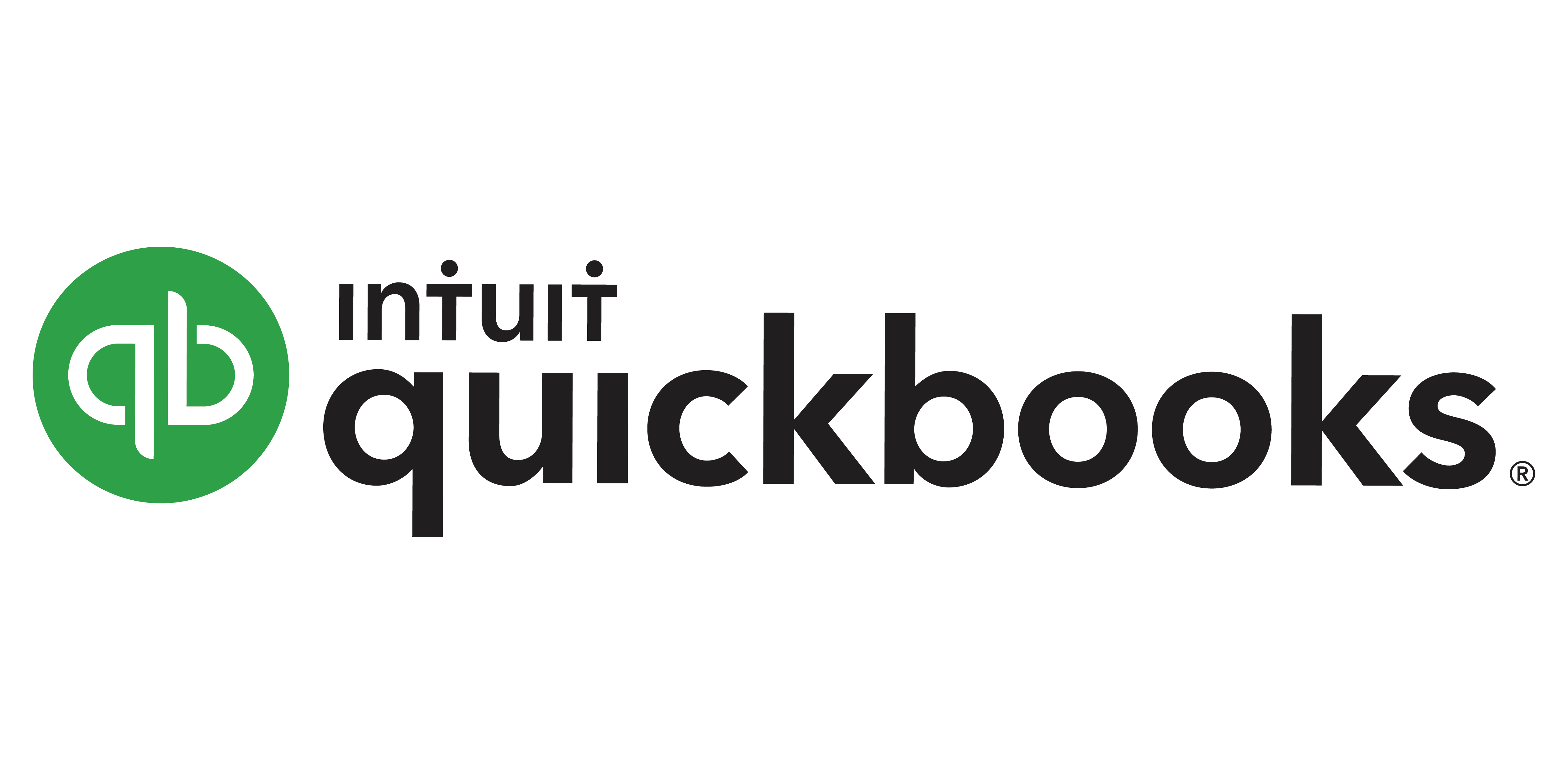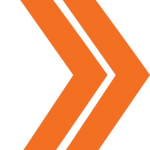What Is Bankruptcy Software?
Bankruptcy software is a specialist tool developed to help individuals and businesses navigate the complicated legal process of declaring bankruptcy. It is a computerized solution that streamlines and automates many of the critical activities and computations required when filing for bankruptcy. This software was created expressly to help bankruptcy attorneys, paralegals, and self-represented individuals save time and enhance their accuracy throughout the bankruptcy process.
Using bankruptcy software, users may swiftly acquire all relevant financial information, enter it into the software, and prepare the appropriate forms and documentation for their bankruptcy. It also incorporates automatic computations, e-filing capabilities, and electronic case management, which improves the overall efficiency and reduces the likelihood of errors.
One of the primary advantages of adopting bankruptcy software is its potential to reduce paperwork and complexity in the bankruptcy procedure. By automating processes and calculations, it decreases the possibility of errors and guarantees that all forms and papers are completed correctly, boosting the likelihood of a successful bankruptcy petition. In addition, bankruptcy software can help consumers save a lot of time and money.
By removing the need for manual data entry and lowering the chance of errors, bankruptcy specialists can spend less time on each case, allowing them to take on more clients and earn more money. It is also a more cost-effective approach than recruiting more employees or outsourcing activities to a third party. In conclusion, bankruptcy software is an indispensable tool for individuals involved in the bankruptcy process.
Whether you are an attorney, paralegal, or self-represented individual, it may significantly streamline and simplify the process, saving you time and money while increasing accuracy and efficiency. Consider the features and cost of several bankruptcy software choices to determine the best fit for your needs.
What Are The Recent Trends In Bankruptcy Software?
Bankruptcy software has advanced significantly in recent years as technology has improved. Individuals and organizations can now navigate the bankruptcy process more easily and efficiently thanks to these changes.
Here are the main trends to watch for in bankruptcy software:
1. Cloud-Based solutions: As cloud computing has grown in popularity, many bankruptcy software companies now provide cloud-based solutions. This implies that customers can access the program from any device with an internet connection, increasing its convenience and accessibility.
2. Automation And integration: One of the most important advances in bankruptcy software is the integration of other systems and the automation of duties. This contains capabilities like auto-populating forms, data computation, and synchronizing with judicial databases. These innovations simplify the process and limit the margin for error.
3. User-Friendly Interface: Bankruptcy software is becoming more user-friendly, with intuitive interfaces that make it easier for people and businesses to use. This includes features like drag-and-drop capabilities, configurable dashboards, and easy data entry.
4. Mobile Compatibility: As more individuals rely on smartphones and tablets for daily work, bankruptcy software vendors are developing mobile-friendly systems. This allows customers to access the program from anywhere and stay up to date on the status of their case.
5. Increased Security: The sensitive nature of bankruptcy data necessitates strong security measures. Recent innovations in bankruptcy software include increased encryption, multi-factor authentication, and data backups to protect sensitive information. Overall, recent advancements in bankruptcy software are centered on increasing user experience, convenience, and security. When looking for bankruptcy software, it is critical to evaluate these trends and select a solution that meets your requirements and tastes.
Benefits Of Using Bankruptcy Software
Bankruptcy can be a confusing and intimidating process, especially for people unfamiliar with legal terminology and procedures. This is where bankruptcy software comes in, offering a user-friendly and quick option to people and organizations experiencing financial difficulties.
Here are some of the advantages of using bankruptcy software.
1. Cost Savings: One of the main advantages of using bankruptcy software is the cost savings it provides. Hiring a lawyer to manage your bankruptcy case might cost anything from a few thousand dollars to tens of thousands of dollars. With bankruptcy software, you only have to pay a one-time cost and can handle the entire process yourself, saving you a large amount of money over time.
2. Time Efficiency: Filing for bankruptcy can be a time-consuming procedure, with a large amount of paperwork and deadlines to meet. Bankruptcy software streamlines the process by automating numerous activities and offering simple templates for essential documents. This saves you a lot of time and allows you to focus on other key areas of your case.
3. Accuracy: Bankruptcy software is intended to improve accuracy and reduce errors when filling out forms and other essential papers. It incorporates built-in error checks and prompts to guarantee that all required information is included and correctly typed. This reduces the likelihood of your case being delayed or denied owing to faults.
4. Full Help: Bankruptcy software offers full help throughout the bankruptcy process. It describes the various alternatives available, the qualifying requirements, and the steps needed to complete each part of the process. This enables individuals and organizations to make informed decisions about their rights and duties during bankruptcy.
5. Ease: Another key advantage of using bankruptcy software is the ease it provides. The program is accessible from any device with an internet connection, making it simple and handy to use from the comfort of your home. This eliminates the necessity for in-person encounters with lawyers and allows you to progress through your case at your own pace.
Important Factors To Consider While Purchasing Bankruptcy Software?
When considering purchasing bankruptcy software, there are a few key aspects to consider in order to make an informed and useful decision for your specific circumstances.
Here are some important points to keep in mind.
1. User-Friendliness: It is critical that the program is simple to navigate and operate, especially if you are not technically smart. To prevent annoyance and misunderstanding, look for a user-friendly design and clear directions.
2. Features And Functionality: Bankruptcy software is intended to simplify the bankruptcy process and give precise calculations for financial analysis. Look for software that has features like automated form generation, safe data storage, and customisable reports. 3. Compatibility: Make sure the software is compatible with your operating system and any financial applications you use. This will save you time and effort when uploading data and prevent any technical complications.
4. Legal Compliance: The program should adhere to current bankruptcy rules and regulations. It's critical to select a reliable and trustworthy software vendor who constantly upgrades their product to reflect changes in bankruptcy rules.
5. Customer Support: If you run into any problems or have inquiries, a trustworthy bankruptcy software company should provide dependable customer service. Look for phone, email, or live chat support to ensure prompt response.
6. Pricing: Bankruptcy software prices might vary, so research options to find the best value for your money. Take into account any extra fees or charges, such as annual maintenance costs or additional user licenses.
7. User Reviews And Ratings: Reading reviews and ratings from current and past users can provide useful information about the software's functionality and user happiness. Look for software with a large number of favorable reviews and ratings. By taking these aspects into account, you can make an informed decision about acquiring bankruptcy software that suits your individual requirements and assures a smooth and quick bankruptcy process. Before completing your purchase, make sure to conduct thorough research, compare several possibilities, and select a reliable and trusted software source.
What Are The Key Features To Look For In Bankruptcy Software?
When choosing bankruptcy software, there are several important factors to consider that can have a significant impact on the software's efficiency and efficacy. These criteria can vary depending on a user's personal requirements, but here are some general recommendations to keep in mind when comparing bankruptcy software solutions.
1. User-Friendly Interface: One of the most crucial characteristics to look for in bankruptcy software is a user-friendly interface. This means that the software should be simple to navigate and operate, even for persons with little technological skills. Look for features like straightforward menus, customisable dashboards, and useful tooltips to ensure a seamless and hassle-free experience.
2. Automated Calculations: Bankruptcy proceedings require sophisticated financial calculations and formulas, which can be time-consuming and error-prone if performed manually. That is why it is critical to use bankruptcy software that supports automated computations. This feature not only saves time but also lowers the likelihood of incorrect computations, which can have major ramifications in a bankruptcy case.
3. Document Generation: Another important factor to consider is document generation. A thorough bankruptcy software should have pre-loaded templates for all of the documentation needed for bankruptcy filings. This not only saves time but also ensures that all documents are correct and in accordance with legal requirements.4. Integration with Legal Forms and Databases: The best bankruptcy software should be compatible with legal forms and databases, such as the Official Bankruptcy Forms and the PACER system. This enables for easy access to required papers and information, streamlining the bankruptcy procedure and removing the need for human data entry.
5. Modification Options: Because each bankruptcy case is unique, the software should include modification options to fit the individual demands of each case. Look for features like configurable processes, document templates, and reports to verify that the software can be tailored to your specific requirements.
6. Data Security: Bankruptcy cases frequently involve sensitive and secret information that must be safeguarded at all times. That's why data security is an important factor to consider while selecting bankruptcy software. Look for software that has encryption, multi-factor authentication, and regular backups to keep your data safe.
Why Do Businesses Need Bankruptcy Software?
Financial issues and the prospect of bankruptcy may be a stressful and complex process for businesses. That is why organizations must have effective and dependable bankruptcy software at their disposal. This type of software is specifically developed to make the bankruptcy procedure more manageable and time-efficient for firms.
One of the primary reasons why firms use bankruptcy software is to accurately assess their financial status. Companies can use bankruptcy software to enter all of their financial information and generate reports that provide a complete picture of their financial situation. This includes reviewing their assets, liabilities, and cash flow to identify the best course of action.
This not only allows organizations to make better judgments, but it also saves time and money by preventing costly mistakes. Bankruptcy software also makes the filing procedure easier. It streamlines tiresome procedures like completing out forms, calculating payback plans, and submitting documents to the court. This not only improves productivity but also decreases the possibility of human error, which could prolong or threaten bankruptcy proceedings. Another important feature of bankruptcy software is the capacity to manage several bankruptcy chapters.
Different varieties of bankruptcy, such as Chapter 7 and Chapter 11, have unique rules and procedures. Businesses may quickly navigate through these various chapters using bankruptcy software, ensuring they are following the proper procedure and reducing the danger of legal difficulties. Furthermore, bankruptcy software offers firms a single platform for communicating and collaborating with their legal counsel, creditors, and other stakeholders.
This simplifies and streamlines communication, ensuring that everyone is on the same page and allowing for a faster settlement of the bankruptcy process. It's also worth noting that bankruptcy software is continually updated to reflect changing bankruptcy laws and regulations. This ensures that organizations constantly use the most up-to-date and accurate information, lowering the risk of noncompliance and associated legal difficulties.
How Much Time Is Required To Implement Bankruptcy Software?
The time necessary to deploy bankruptcy software varies depending on various aspects, including the size and complexity of your organization, the number of people engaged, and the software's capabilities and customisation. On average, it can take 4 weeks to 6 months to properly implement bankruptcy software.
The first step in installing bankruptcy software is to examine your company's specific requirements and select the appropriate software to satisfy those demands. To make an informed decision, you'll need to explore various software solutions, read reviews, and schedule product demonstrations. Once you've decided on the software, the next step is to install and configure it. This step can last between 4-6 weeks, depending on the intricacy of your business and the software.
During this stage, you may be required to supply information about your company, such as financial records, employee details, and other pertinent data. Following the installation and configuration, the software vendor will usually provide training and assistance to your staff. The duration of training varies, but it normally lasts approximately 1-2 weeks. To avoid future concerns, ensure that your personnel are fully taught to utilize the software.
Finally, once the software has been implemented, you will need to run tests and make adjustments to ensure that it is functioning properly and meets your business objectives. This process can take 2-4 weeks and must be completed thoroughly to avoid future difficulties. In summary, implementing bankruptcy software can take anywhere from 4 weeks to 6 months.
However, the key to a successful implementation process is to carefully select the appropriate software, provide proper training to your staff, and conduct extensive testing to ensure that the program meets your business requirements.
What Is The Level Of Customization Available In Bankruptcy Software?
When evaluating bankruptcy software, it is critical to understand the extent of customization offered. This can vary amongst software solutions, so select a program that matches your individual requirements. Here are some crucial considerations to bear in mind when customizing bankruptcy software.
1. Templates And Forms: Most bankruptcy software systems include a number of templates and forms that can be tailored to your specific case. These could include bankruptcy forms, schedules, and other documentation required for filing. Some software even allows you to design your own templates or import them from other sources.
2. User Interface: You can alter the user interface of bankruptcy software to make it easier to navigate and utilize. This may include choices for changing the font size, color style, and layout of the software to better fit your needs.
3. Client Information: Because bankruptcy cases involve sensitive client information, it is critical to choose software that allows you to set the level of protection and privacy. This could include the ability to password-protect client data or limit access to certain functions to specific users.
4. Integration: Many bankruptcy software solutions support third-party applications such as accounting software, document management systems, and electronic filing services. This can result in a more tailored and efficient method for managing bankruptcy cases.
5. Updates and Support: Customization includes the level of support and updates provided by the program provider. Look for a program that lets you tailor the type and frequency of updates, as well as the amount of support you receive. Overall, the level of customisation possible in bankruptcy software has a significant impact on the efficiency and efficacy of bankruptcy case management. By taking these variables into account and selecting a platform that suits your individual requirements, you can provide a more tailored and personalized experience for your bankruptcy practice.
Which Industries Can Benefit The Most From Bankruptcy Software?
Bankruptcy software is a helpful resource for organizations and individuals facing financial difficulties. It can help to simplify and streamline the complex process of filing for bankruptcy, making it more efficient and less intimidating. While bankruptcy software can help a variety of companies, some may benefit the most from its features and capabilities. The following industries can gain the most from employing bankruptcy software:
1. Legal Services: Law companies that focus on bankruptcy matters can considerably benefit from employing bankruptcy software. It can help them manage their clients' cases, keep track of critical deadlines, and create relevant paperwork and forms. This software can also provide access to current bankruptcy rules and regulations, allowing legal teams to stay compliant and deliver the best possible service to their clients.
2. Financial Institutions: Banks, credit unions, and other financial institutions can all profit from employing bankruptcy software. In the event of a loan default, they can utilize this software to properly manage the process of filing for bankruptcy on behalf of their clients. It can also help you manage and organize information, like loan and payment records, to ensure accuracy and compliance with bankruptcy regulations.
3. Real Estate: Bankruptcy software can also assist real estate enterprises, such as property management agencies. In the case of foreclosures, the software can help streamline the process of filing for bankruptcy and managing the associated paperwork. It can also help you monitor and organize important financial information, such as outstanding obligations and assets, making it easier to handle legal proceedings.
4. Small Businesses: Small firms that are experiencing financial issues can tremendously benefit from employing bankruptcy software. It can assist individuals in organizing their financial data, developing a budget, and deciding the best course of action for filing for bankruptcy. This software can also generate relevant paperwork and forms, minimizing administrative workload and allowing business owners to concentrate on other parts of their operations.
5. Government Agencies: Government agencies participating in the bankruptcy process, such as bankruptcy trustees, may also use bankruptcy software. It can help you track and analyze financial data, manage case files, and create reports. This software can help them perform more efficiently and accurately, lowering the possibility of errors and delays.
Conclusion
Overall, investing in bankruptcy software can be quite beneficial to those who are going through the arduous process of filing for bankruptcy. With its user-friendly interface and comprehensive functionality, bankruptcy software may assist people and businesses in precisely and efficiently completing the necessary documentation, tracking case progress, and staying organized throughout the bankruptcy process.
When looking for the best bankruptcy software, you should evaluate compatibility with your computer system, convenience of use, price, and customer support. It is also critical to thoroughly read user reviews and ratings to gain a better knowledge of the software's functionality and dependability. Also, keep in mind that bankruptcy software is not a substitute for competent legal guidance.
While it can speed up the process and save money, it is always best to consult with an experienced bankruptcy attorney before making any major decisions. To summarize, bankruptcy software can be a beneficial resource for individuals and businesses experiencing financial difficulties. The bankruptcy procedure can be made easier and more manageable by using the correct tools and working with a reputable attorney, resulting in a fresh start and relief from excessive debt.
















